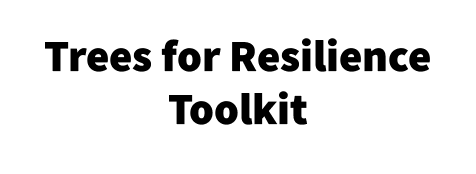SNOQUALMIE SUCCESS STORY
In 1990, Snoqualmie started growing from a small town of 1,546 residents, adding a master planned community on Snoqualmie Ridge with rapid population growth to 14,121 residents by 2020. Over 1,200 acres of native forest land were retained as part of the development, and thousands of trees were planted along new streets and in new parks. Dedicated city resources to manage all the newly planted trees and native forest remnants did not begin in earnest until 2010.
In twelve years, the city built an urban forestry program from the ground up, using state funding for an initial round of resource assessment and strategic planning. From this foundation, the city hired staff, established community and non-profit partnerships, and identified a stable funding source on the way to becoming an exemplary urban forestry program.
Below is a timeline mapping Snoqualmie’s program development and evolution from its humble beginning.
